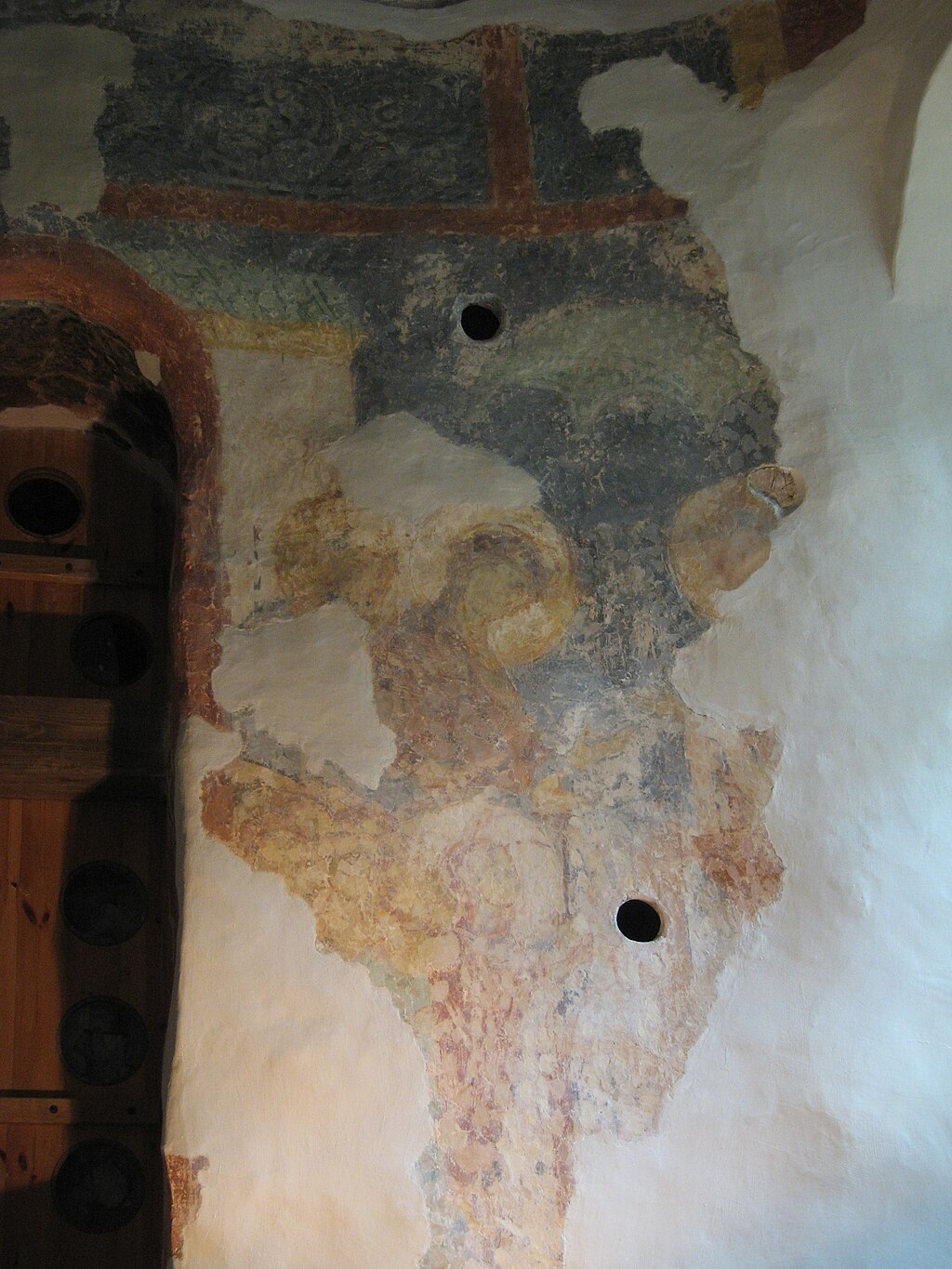Голосники в древнерусском зодчестве — это глиняные горшки, вделанные в верхние части стен внутри древнерусских церквей и открывающиеся в храм своими круглыми отверстиями. Голосники, устраивавшиеся с целью усиления акустики здания, встречаются на русской почве с древнейшего времени (”София Новгородская” и другие) и перешли, вероятно, из византийской архитектуры. Особенное обилие голосников наблюдается в псковских церквях 15—16 веков, где ими подчас заняты сплошь полукруглые верхние части стен под сводами ветвей креста.

Иногда отверстия голосников образуют орнаментальную композицию. Не исключена возможность конструктивного происхождения голосников от сосудов, из которых в византийском зодчество иногда выкладывались своды — для облегчения их тяжести. Об этом свидетельствуют голосники, встречающиеся в парусах древнейших русских церквей.
Acoustic jars in Old Russian architecture were clay pots embedded in the upper parts of the walls inside Old Russian churches, their round openings facing into the interior of the building. Installed to enhance the acoustics of the structure, resonators have been found on Russian soil since the earliest times (for example, in St. Sophia Cathedral in Novgorod and others), and were likely adopted from Byzantine architecture.
A particularly large number of acoustic jars can be seen in Pskov churches of the 15th–16th centuries, where they sometimes entirely fill the semicircular upper sections of the walls beneath the vaults of the cross’s arms.
In some cases, the openings of the jars form an ornamental composition. It is also possible that the resonators originated from vessels used in Byzantine architecture to construct vaults, in order to reduce their weight. This is supported by the presence of resonators in the pendentives of the earliest Russian churches.